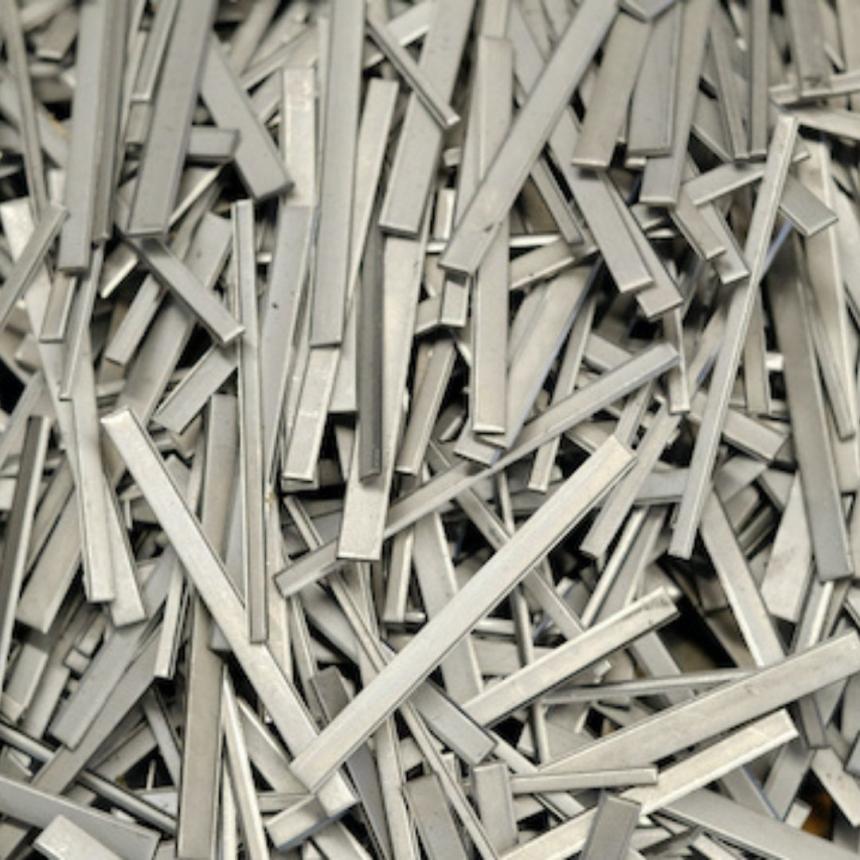Humans have been mixing and matching metals for millennia. Characteristics of certain metals are enhanced when mixed with another metal. An alloy is formed by atom exchange or interstitial mechanism when two metals are melted and combined.
It is well-documented that the discovery of bronze, an alloy of tin and copper, paved the way for humankind's progress and evolution. In today's time, several alloys have widespread industrial and commercial applications.
Nickel-titanium is a significant alloy that has many uses. Also known as nitinol, this alloy has titanium and nickel in equal atomic proportions.
Applications of Nitinol
Orthodontics and orthopedics
Superelasticity and shape memory are unique features of nitinol that make it popular in medical branches of orthodontics and orthopedics. Nickel-titanium orthodontic wires are widely used in dental clinics worldwide to fix unaligned teeth. Nitinol plates are also used in orthopedics to fix broken bones as they are generally considered to be one of the safest materials to be used.
Sensors and actuators
Sensors and actuators are both important elements of electrical engineering. While sensors are useful for receiving electrical signals, actuators are essential for converting energy into mechanical force. An actuator often converts electrical and hydraulic energy into mechanical movement.
Nitinol is an important alloy used for manufacturing industrial-grade sensors and actuators. Nitinol is also used in the manufacturing of cameras and mobile phones. Autofocus actuators in cameras and optical image stabilizers in mobile phones are all made of nitinol.
Construction
Engineers use nitinol for building skyscrapers, bridges and other civil structures. The shape memory and superelasticity features of nitinol make them an important element of the IRC (Intelligent Reinforced Concrete). In this concrete, nitinol wires are embedded within them so that they can sense cracks. IRC is known for its ability to fix macro-sized cracks, thus ensuring durability and strength.
Since nitinol is widely used across industries, the amount of nitinol waste generated is also significant. By recycling nitinol. businesses and industries can not only dispose of them off ethically but also earn out from it. You can rely on Alnor industries for recycling scrap wire, nitinol, beryllium copper, and high-speed steel. Contact us today to learn about everything we can do for you.



